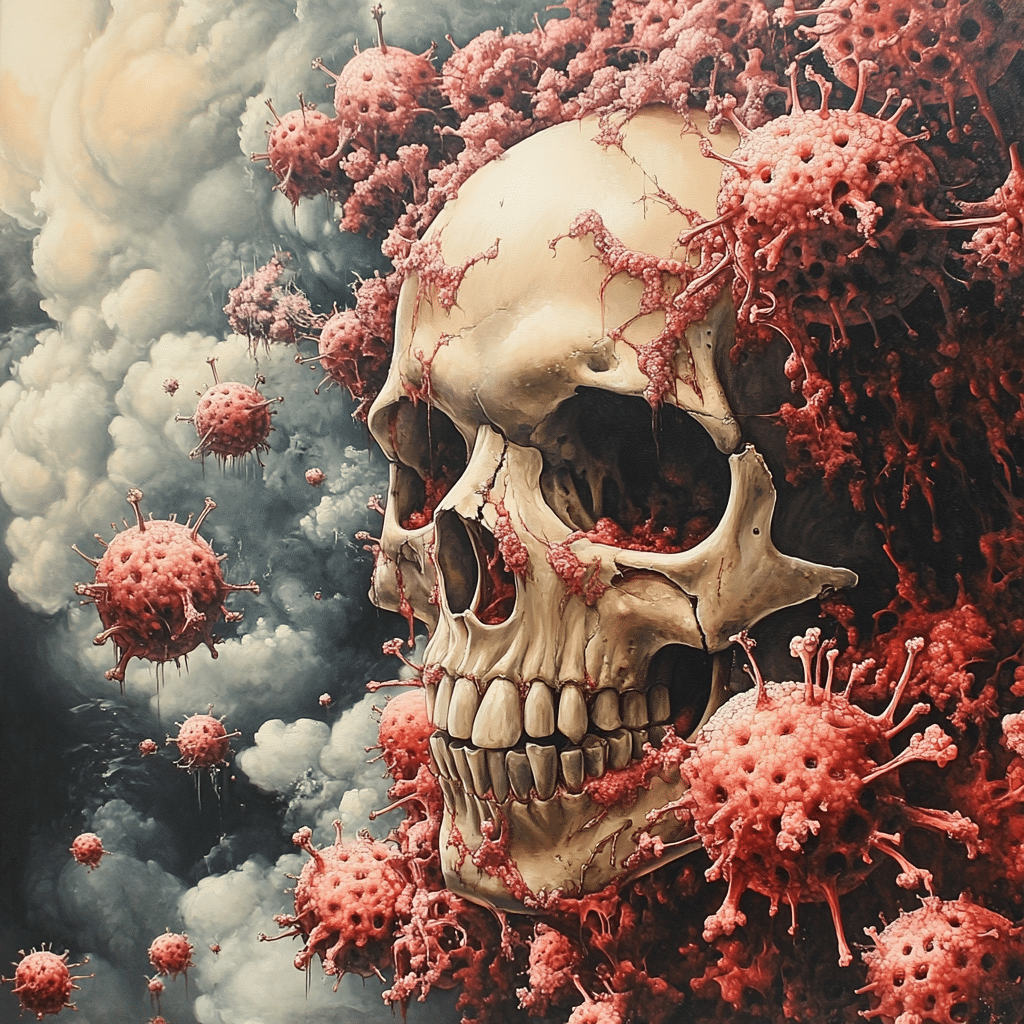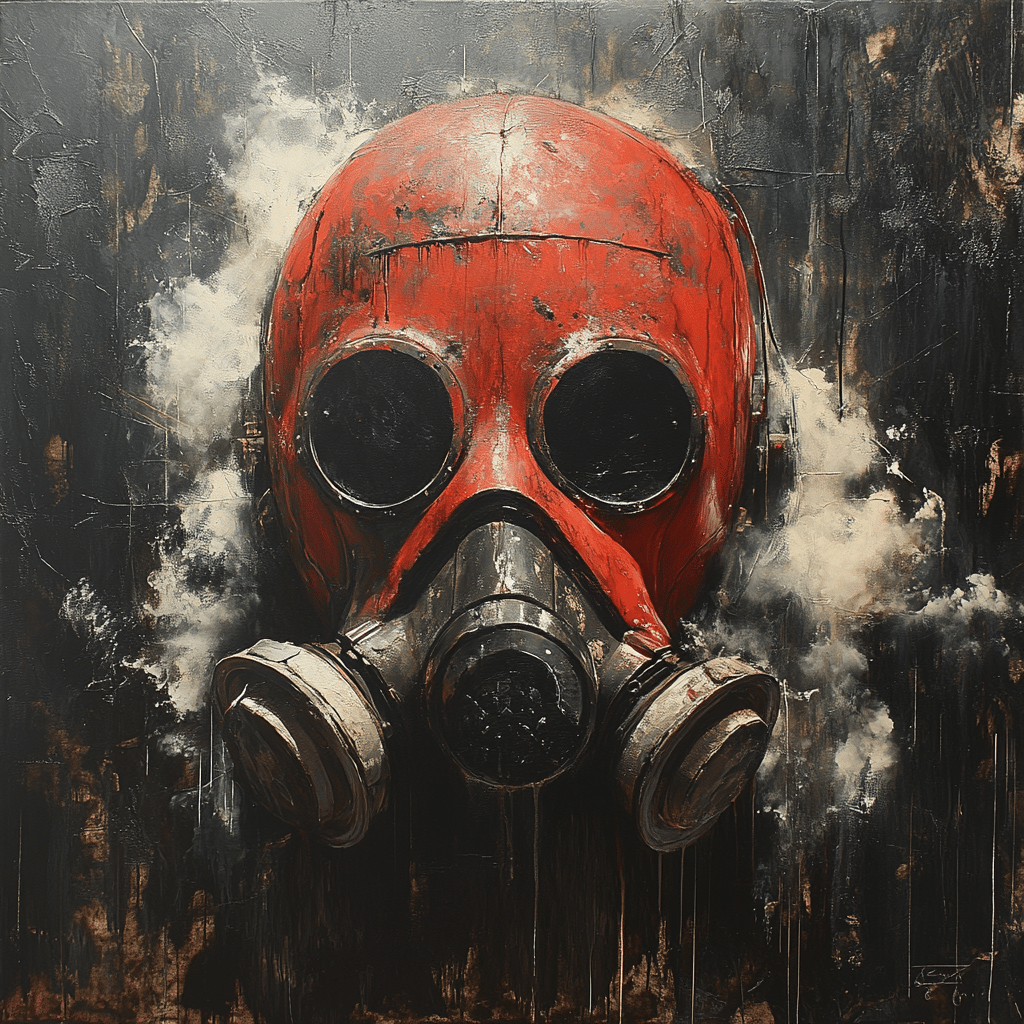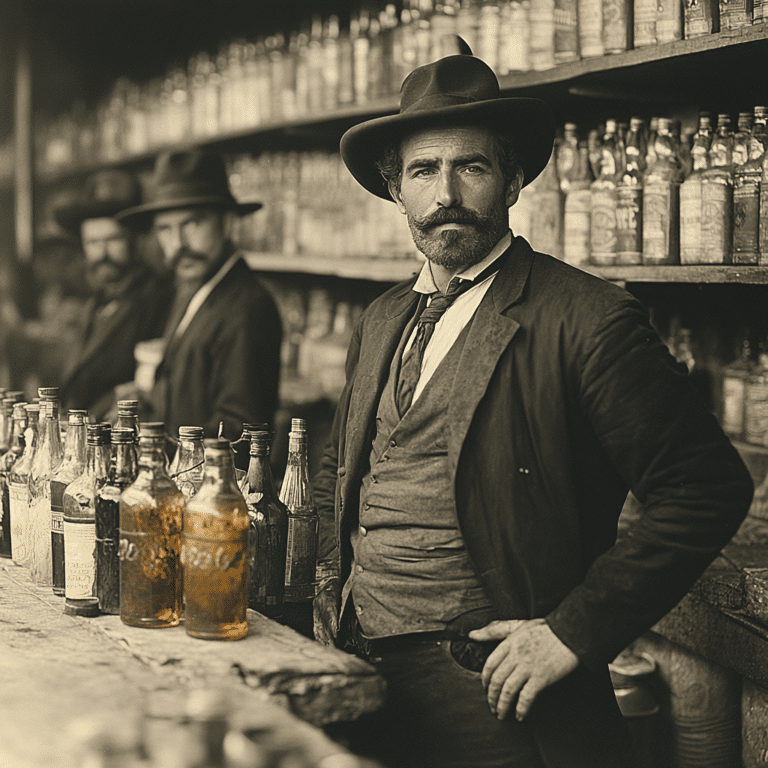Carcinogens. It’s a word we hear often, but what does it really mean? Simply put, a carcinogen is any substance, organism, or agent capable of causing cancer. Whether lurking in our environment or deliberately generated by human activity, the dangers posed by carcinogens are often hidden in plain sight. As we navigate our everyday lives, we must become more aware of the products we use, the food we consume, and the larger threats these carcinogenic agents bring to our health.
The stakes are high. Exposure to carcinogens can alter our DNA, kick-starting a dangerous chain reaction that may eventually result in cancer. Particularly alarming are those that lead to lymphoma, a type of cancer affecting the lymphatic system. As proud conservatives who value our health, safety, and family, it’s vital to keep our eyes open and advocate for greater awareness about the potential hazards we face. Here’s a closer look at seven carcinogens directly linked to lymphoma.
Top 7 Carcinogens Linked to Lymphoma: What You Should Know
What you don’t know can hurt you. Here’s a rundown of seven noteworthy carcinogens that might be lurking closer than you think:
This nasty chemical is commonly found in gasoline, cigarette smoke, and industrial emissions. The American Cancer Society has long warned of its dangers, stating that prolonged exposure to benzene significantly increases the risk of developing blood cancers, including lymphoma.
It might shock you to learn that formaldehyde can be found in everyday products like cleaning agents and certain building materials. A comprehensive study published in the Journal of Occupational and Environmental Medicine explicitly correlates formaldehyde exposure with a rise in cases of non-Hodgkin lymphoma.
Don’t let the name fool you. Produced by specific molds on grains and nuts, aflatoxins are potent carcinogens. Classified as a cancer risk by the World Health Organization, they pose a significant threat, particularly in less developed nations, where high exposure levels have been linked to lymphoma.
This chemical, often employed in sterilization processes and antifreeze production, has made it to the list of recognized human carcinogens. Evidence from the National Institute for Occupational Safety and Health shows elevated lymphoma rates among workers exposed to ethylene oxide, raising serious questions on safety in industrial settings.
A toxic metal often lurking in batteries and agricultural fertilizers, cadmium can drastically disrupt our cellular mechanisms. Research highlighted in Cancer Research indicates that exposure to cadmium may increase the risk of lymphoma. It’s a danger that shouldn’t be taken lightly.
Once widely used in electrical equipment, PCBs are now banned in many countries, but their harmful legacy still lingers today. Studies have demonstrated strong associations between PCB exposure and various types of lymphoma, making this a critical issue.
While everyone knows the link between tobacco and lung cancer, we’re now seeing troubling evidence that smoking can also heighten the risk of lymphoma. The American Journal of Epidemiology particularly notes a connection between cigarette smoking and non-Hodgkin lymphoma. This revelation should serve as a wake-up call for many.

The Controversy Around Tattoos: Carcinogens and Lymphoma Risks
As tattoos become increasingly fashionable, it’s crucial to shine a light on the associated health concerns. Some tattoo inks harbor dangerously harmful compounds that may possess carcinogenic properties. A recent study presented at the Society for Investigative Dermatology raises alarms: certain pigments in tattoos could potentially lead to health complications, including lymphoma cancer.
An alarming phenomenon linked to tattoos is the emergence of rash-like symptoms in some individuals. Research conducted by the British Journal of Dermatology points out that while most tattoo-related skin problems are benign, there have been extreme cases tied to severe lymphatic disorders. It’s worth considering before making any decisions about body art.
Experts hypothesize that the connection between tattoos and lymphatic diseases primarily stems from reactions to the inks themselves. Certain colors, particularly black and red, have been flagged like warning signs for containing harmful substances. The International Journal of Cancer is now calling for comprehensive examinations of the ingredients used in tattoo inks. Awareness is key.
Innovating Awareness: A Path Forward
We live in a world where carcinogens are everywhere, often lurking just out of sight. It’s time to take a stand. As cancer rates continue to rise, especially among younger generations, we must empower ourselves with knowledge. Regular health screenings, an informed consumption of products, and a diligent discussion about potential risks can help us make educated decisions regarding our health and that of our loved ones.
Prioritizing awareness is not just a personal pursuit; it’s a communal one. By amplifying discussions surrounding carcinogens and their connection to various health outcomes, we can help protect ourselves and the future of our families. Let’s remember that while we fight against the ever-present ‘Woke’ narrative, we must simultaneously advocate for the health and safety of our communities. The fight against carcinogens is one worth backing.
So, let’s spread the word about carcinogens, advocate for our Second Amendment rights, and ensure that conservative voices are heard in health discussions. Let’s empower each other by sharing valid information, inspiring others to take control of their health. Knowledge is power, and together, we can work towards a healthier, more informed future.
By recognizing the sometimes-hidden dangers of carcinogens, we not only safeguard our health but also honor the values that make our communities strong.

Carcinogens: Unraveling the Hidden Dangers
The Facts Behind Carcinogens
Did you know that while we often associate carcinogens with smoking, not all cancer triggers are as obvious? Everyday items can be lurking right in our homes. For instance, many common household cleaners contain substances that are potentially harmful. It’s crucial to keep your eyes peeled! Speaking of keeping an eye out, Kim Jong Un’s sister is known for her controversial presence on the global stage, yet many might not realize she’s also a notable figure when discussing political agendas that can impact health policy.
Another sobering realization is that exposure to certain carcinogens can happen during routine activities. Many people might not think twice about their phone releases harmful materials—surprising, right? In fact, some studies show that electronic waste can leach toxins that pose health risks. Not understanding the effects of these carcinogens can hit home for families, just like the profound effects Of suicide on family dynamics. Both highlight the unseen dangers surrounding us, urging a deep dive into what situations we get caught up in.
Carcinogens in Culture and Media
Carcinogens don’t just stay behind closed doors; they often make their mark in popular culture. Think back to the iconic Brat Pack films from the 1980s. While they brought us memorable entertainment, they also reflect societal attitudes toward health and lifestyle choices, often ignoring the impact of smoking and drinking. It’s fascinating how art influences life, much like the passionate discussions around topics in Fonews. This media space is rapidly growing, shaping how we perceive everything from politics to health—making it essential that we understand what’s behind the headlines.
In an unexpected twist, even some beloved animes, like “FullMetal Alchemist,” contain characters made of metal that represent struggles with identity and consequence, tying back to broader themes of health and mortality. Such narratives drive home the point—much like a heartfelt expression of, “I miss My Parents so much, which can resonate with those who have faced loss due to health issues linked to carcinogens. Each medium, in its way, underscores the necessity of recognizing hidden dangers, fostering a culture of health awareness.
Drawing it all together, the fight against carcinogens isn’t just about avoiding obvious threats. It’s about getting informed, thinking critically, and staying connected—whether that’s through a riveting film, an intense news piece, or heartfelt conversation. So keep that curiosity alive as you tackle the hidden dangers around you!

What are examples of carcinogens?
Examples of carcinogens include substances like tobacco smoke, asbestos, benzene, certain viruses like HPV, and chemical agents such as formaldehyde and nitrites found in processed meats.
How to prevent exposure to carcinogens?
To prevent exposure to carcinogens, you can quit smoking, use sunscreen to limit UV exposure, reduce alcohol intake, and stay away from heavily processed foods. Getting vaccinated against HPV and HBV can also help reduce some cancer risks.
What do carcinogens do to the body?
Carcinogens can alter the body’s cells, often damaging DNA, which can lead to a chain reaction turning normal cells into cancerous ones. Some might speed up cell division, increasing the chances of these changes happening.
What are carcinogens in food?
In food, common carcinogens include nitrites and nitrates used in processed meats, butylated hydroxyanisole, a preservative in some snacks, and potassium bromate, which is sometimes added to flour.
Is coffee a carcinogen?
Coffee has been debated, but most health organizations don’t classify it as a carcinogen. In fact, there’s some evidence suggesting coffee might even have protective benefits against certain types of cancer.
How do you get rid of carcinogens in your body?
Your body naturally detoxifies carcinogens over time, but staying hydrated, eating a healthy diet full of fruits and veggies, and exercising can also help support this process.
Is aspartame a carcinogen?
Aspartame, a common artificial sweetener, has been studied extensively, and while some claim it might be a carcinogen, health authorities have generally found it safe in moderate amounts.
Can you filter out carcinogens?
It’s tough to filter out all carcinogens completely, but using air and water filters can help reduce exposure to certain harmful chemicals found in the environment.
What is the number one carcinogen in the world?
The number one carcinogen cited worldwide is tobacco smoke, known for its strong links to various types of cancer.
Is vaping a carcinogen?
Vaping can release harmful chemicals and potential carcinogens, though it’s often viewed as less harmful than traditional smoking. That said, the long-term effects are still being studied.
Is sugar a carcinogen?
Sugar itself isn’t classified as a carcinogen, but excessive sugar consumption can lead to obesity, which is a risk factor for many types of cancer.
How to tell if something is carcinogenic?
To tell if something is carcinogenic, check official listings from health organizations, like the International Agency for Research on Cancer (IARC), which evaluates substances based on strong scientific evidence.
What is the number one carcinogen food?
Processed meats are often highlighted as the number one carcinogenic food due to the presence of nitrites and other harmful chemicals.
Does Coca-Cola have carcinogens?
Coca-Cola and similar soft drinks may contain harmful additives and sugars, but they are not typically classified as carcinogens. Moderation is key.
Do eggs have carcinogens?
Eggs can contain compounds that may be linked to cancer, but they are not directly considered carcinogenic. The preparation method can influence health risks more than the eggs themselves.
What are the 13 carcinogens?
The 13 known carcinogens include tobacco smoke, asbestos, benzene, formaldehyde, and certain chemicals in processed meats. There’s a mix of substances that have been linked to cancer through various studies.
Is aspartame a carcinogen?
Aspartame’s status as a carcinogen is still debated, with the majority of health reviews not considering it a carcinogen at typical consumption levels.
What is the strongest carcinogen?
The strongest carcinogen is often identified as tobacco smoke, given its significant links to various cancers and broad exposure among users.
Is bacon a carcinogen?
Bacon is considered a probable carcinogen, primarily due to the nitrites used in processing and the nature of cooking methods that can produce harmful chemicals.





































